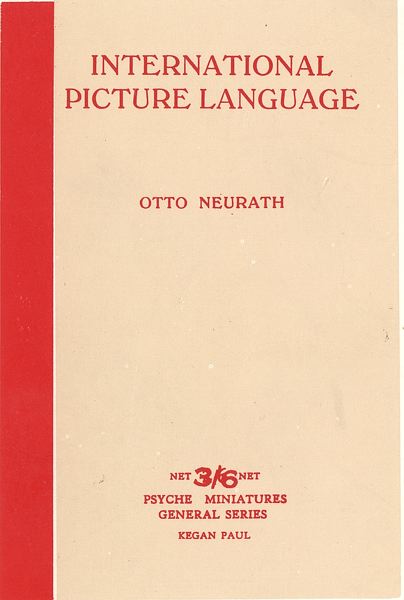Christopher Alexander: Notes on the Synthesis of Form (1964)
Filed under book | Tags: · architecture, design, mathematics

“These notes are about the process of design: the process of inventing things which display new physical order, organization, form, in response to function.” This book, opening with these words, presents an entirely new theory of the process of design.
In the first part of the book, Christopher Alexander discusses the process by which a form is adapted to the context of human needs and demands that has called it into being. He shows that such an adaptive process will be successful only if it proceeds piecemeal instead of all at once. It is for this reason that forms from traditional unselfconscious cultures, molded not by designers but by the slow pattern of changes within tradition, are so beautifully organized and adapted. When the designer, in our own self-conscious culture, is called on to create a form that is adapted to its context he is unsuccessful, because the preconceived categories out of which he builds his picture of the problem do not correspond to the inherent components of the problem, and therefore lead only to the arbitrariness, willfulness, and lack of understanding which plague the design of modern buildings and modern cities.
In the second part, Mr. Alexander presents a method by which the designer may bring his full creative imagination into play, and yet avoid the traps of irrelevant preconception. He shows that, whenever a problem is stated, it is possible to ignore existing concepts and to create new concepts, out of the structure of the problem itself, which do correspond correctly to what he calls the subsystems of the adaptive process. By treating each of these subsystems as a separate subproblem, the designer can translate the new concepts into form. The form, because of the process, will be well-adapted to its context, non-arbitrary, and correct.
The mathematics underlying this method, based mainly on set theory, is fully developed in a long appendix. Another appendix demonstrates the application of the method to the design of an Indian village.
Publisher Harvard University Press, 1964
Harvard Paperbacks, Volume 5
ISBN 0674627512, 9780674627512
216 pages
wikipedia
publisher
google books
Wendy Bark: Constructivist Costume, Textile & Theatrical Design, 1917-1934 (1995)
Filed under thesis | Tags: · 1910s, 1920s, 1930s, art history, constructivism, costume design, design, fashion design, textile design, theatre

This thesis follows the life of the art movement known as Constructivism through the turbulent post-revolutionary years, up to the onset of Socialist Realism, a doctrine imposed on the Arts by governmental directives. It focuses on the areas of fashion, textile and theatrical design, which themselves are strongly influenced by extra-artistic factors – economics, sociology and the historical era – as was the ethos of Constructivism.
After a brief introduction giving some background information on the art world and the main artist-designers of the study, the chapters go on to discuss the factors affecting the rise and then the waning popularity of the constructivist ideology, explaining the focal tenets of Constructivism, particularly in relation to fashion, textile and theatrical design. Since the majority of constructivist works were completed during the time span covered by NEP, those chapters relating to NEP have thus been given emphasis. Some biographical details about the main artists of the study are given at the end, and the Glossary lists the most common acronyms and abbreviations used in the text. The illustrations are intended as a companion to the text, since often the artistic effects of designers cannot be described adequately by language alone.
The study focuses on six artist/designers: Vladimir Tatlin, Alexander Rodchenko, Varvara Stepanova, Liubov Popova, Alexandra Exter, and Nadezhda Lamanova.
Full title: Constructivist Costume, Textile & Theatrical Design, 1917-1934: A Study of Constructivism Set in the Socio-cultural, Political and Historical Context of Post-Revolutionary Russia
Masters thesis
Durham University
285 pages
Otto Neurath: International Picture Language: The First Rules of Isotype (1936)
Filed under book | Tags: · design, graphic design, visual communication, visual culture

In the first decades of the twentieth century, Otto Neurath and Gerd Arntz invented the Vienna Method of Pictorial Statistics [Wiener Bildstatistik]. The method was renamed in the late 1930s as ISOTYPE ―I(nternational) S(ystem) O(f) TY(pographic) P(icture) E(ducation) ―and was used in the 1940s and 1950s in the Netherlands, Great Britain, Greece, the USA and the USSR.
Publisher Kegan Paul, Trench, Trubner & Co., London, 1936
117 pages
Commentary: George Pendle (Cabinet).
Wikipedia
PDF (8 MB)
See also Gesellschaft und Wirtschaft: Bildstatistisches Elementarwerk, 1930
Comment (0)
